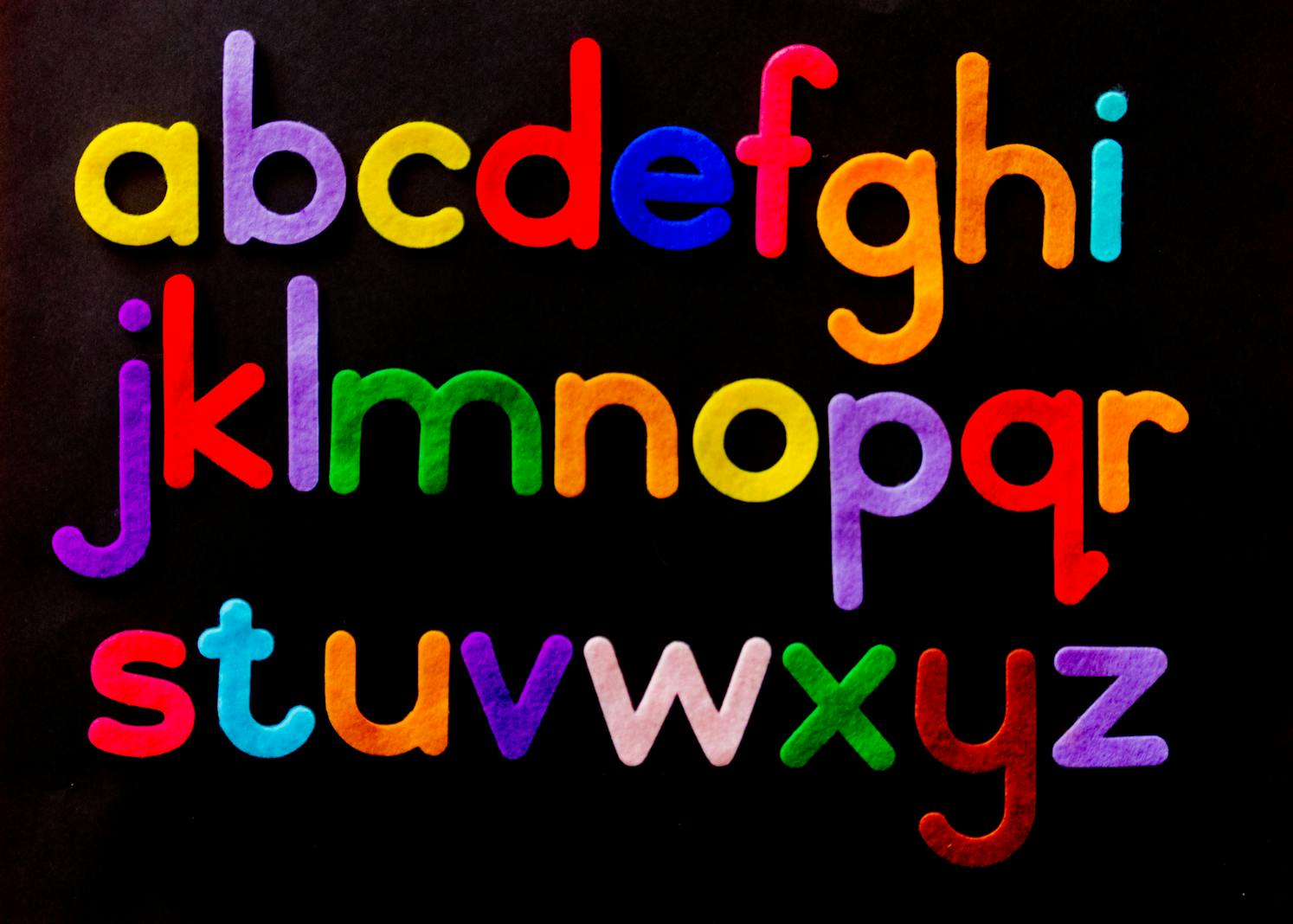BellaOnline 43722

This article is temporarily unavailable, but this site has more content to browse through. To access, go to Archive in the right hand column and scroll down the list. At the foot of the page you will see more pages to scroll through. Another way to view content is to sign up for a BellaOnline newsletter. That way when a new article is posted on a topic that interests you, you will receive notification in your email box. You can sign up for as many newsletters as you wish. BellaOnline does not sell or give your email address to anyone else. We respect your privacy.
To sign up for a newsletter copy this URL into your browser address bar:
https://www.bellaonline.com/misc/newsletters.asp
BellaOnline is set up for you to easily move around the site, much as hands on the clock move in a clockwise direction, with articles right in the center. Using that model let us look at noon: by clicking on the large BellaOnline logo you are taken to the front page of the entire site. Here you will see the latest articles listed as they appear. Those at the top of the list are the newest.
Moving over to 1 o'clock you will find the thin bar with Forums to click on which will take you to all the site forums. Come join in with more than 30,000 users participating in discussions on many of the site topics. Our forums are moderated and abuse, scam and spam are removed as found. We aim to have safe forums for family viewing. Moving around to 2 and 3 o'clock you will see a list of the 3 most recent articles or featured articles on the site you are looking at. Then the Archive button and Newsletter signups.
At 4 o'clock you will see the box titled Members Area. Here are more opportunities to check into the site offerings. Click on Member Login to set up a free BellaOnline account.
Going across the page to 7 to 9 o'clock, you will see the box listing new editors. Check out what sites are being rejuvenated here. And the Daily Click box for some fun activities if you are bored.
At last but not least at 10 to 11 o'clock you will find the Channel Listings of all our BellaOnline sites. If you click on a listing you will find the sites dedicated to that heading. And the most recent articles for the channel come through here at the same time. It is another way to keep up to date with the ever-changing face and growing content on BellaOnline.com!
To sign up for a newsletter copy this URL into your browser address bar:
https://www.bellaonline.com/misc/newsletters.asp
BellaOnline is set up for you to easily move around the site, much as hands on the clock move in a clockwise direction, with articles right in the center. Using that model let us look at noon: by clicking on the large BellaOnline logo you are taken to the front page of the entire site. Here you will see the latest articles listed as they appear. Those at the top of the list are the newest.
Moving over to 1 o'clock you will find the thin bar with Forums to click on which will take you to all the site forums. Come join in with more than 30,000 users participating in discussions on many of the site topics. Our forums are moderated and abuse, scam and spam are removed as found. We aim to have safe forums for family viewing. Moving around to 2 and 3 o'clock you will see a list of the 3 most recent articles or featured articles on the site you are looking at. Then the Archive button and Newsletter signups.
At 4 o'clock you will see the box titled Members Area. Here are more opportunities to check into the site offerings. Click on Member Login to set up a free BellaOnline account.
Going across the page to 7 to 9 o'clock, you will see the box listing new editors. Check out what sites are being rejuvenated here. And the Daily Click box for some fun activities if you are bored.
At last but not least at 10 to 11 o'clock you will find the Channel Listings of all our BellaOnline sites. If you click on a listing you will find the sites dedicated to that heading. And the most recent articles for the channel come through here at the same time. It is another way to keep up to date with the ever-changing face and growing content on BellaOnline.com!
This site needs an editor - click to learn more!

Editor's Picks Articles
Top Ten Articles
Previous Features
Site Map
Content copyright © 2023 by BellaOnline Staff. All rights reserved.
This content was written by BellaOnline Staff. If you wish to use this content in any manner, you need written permission. Contact
BellaOnline Administration
for details.


